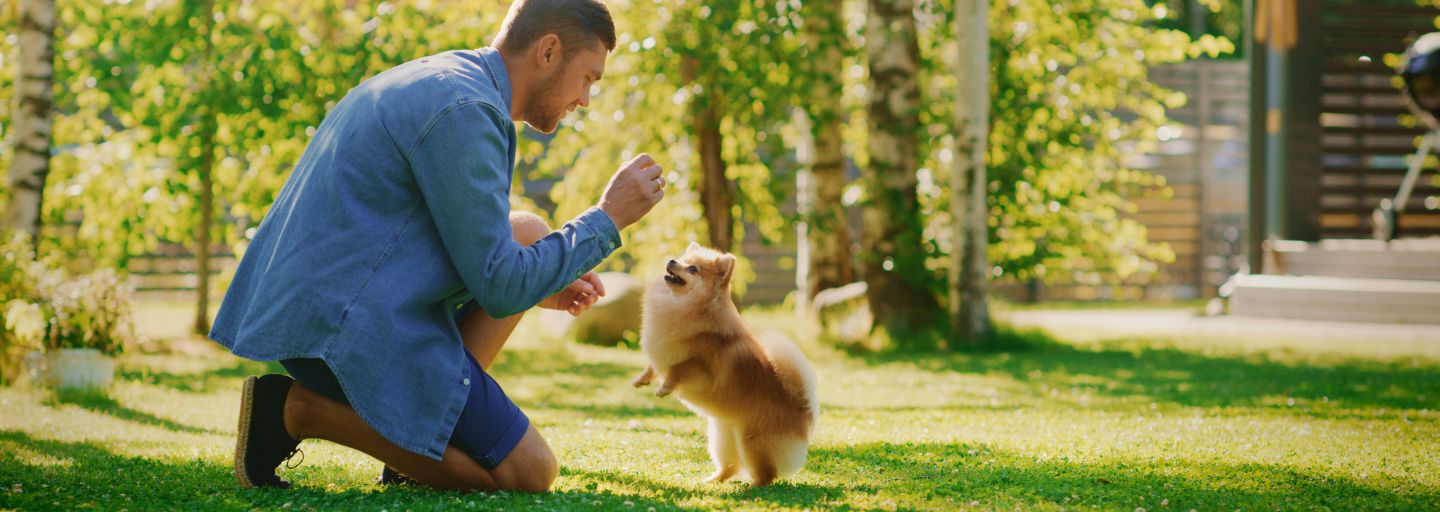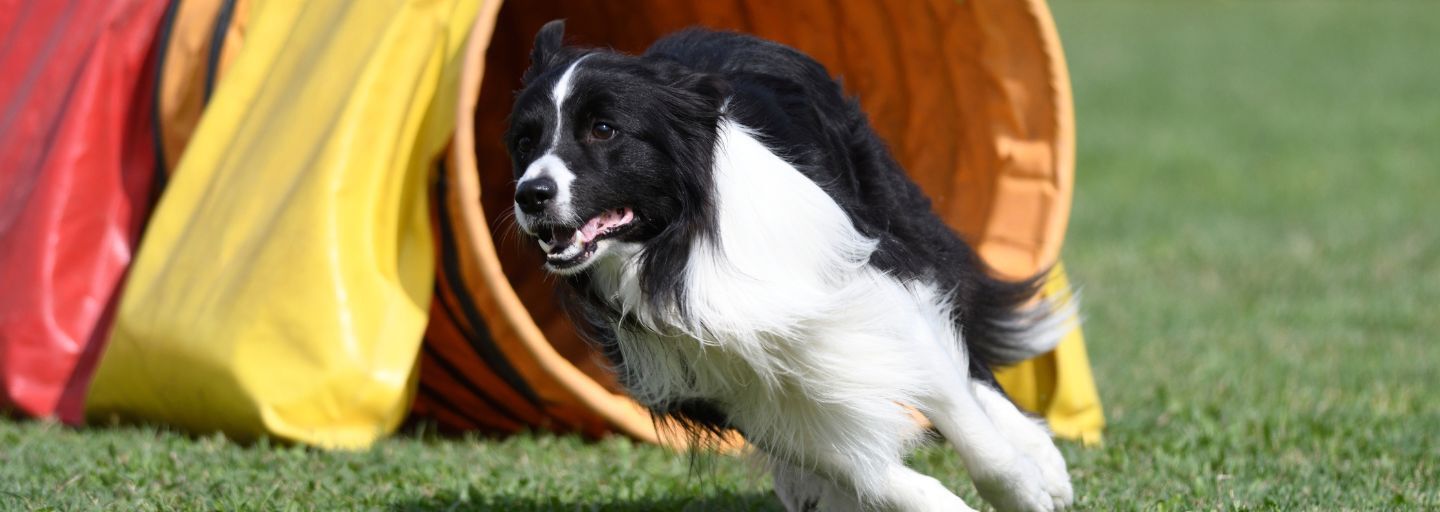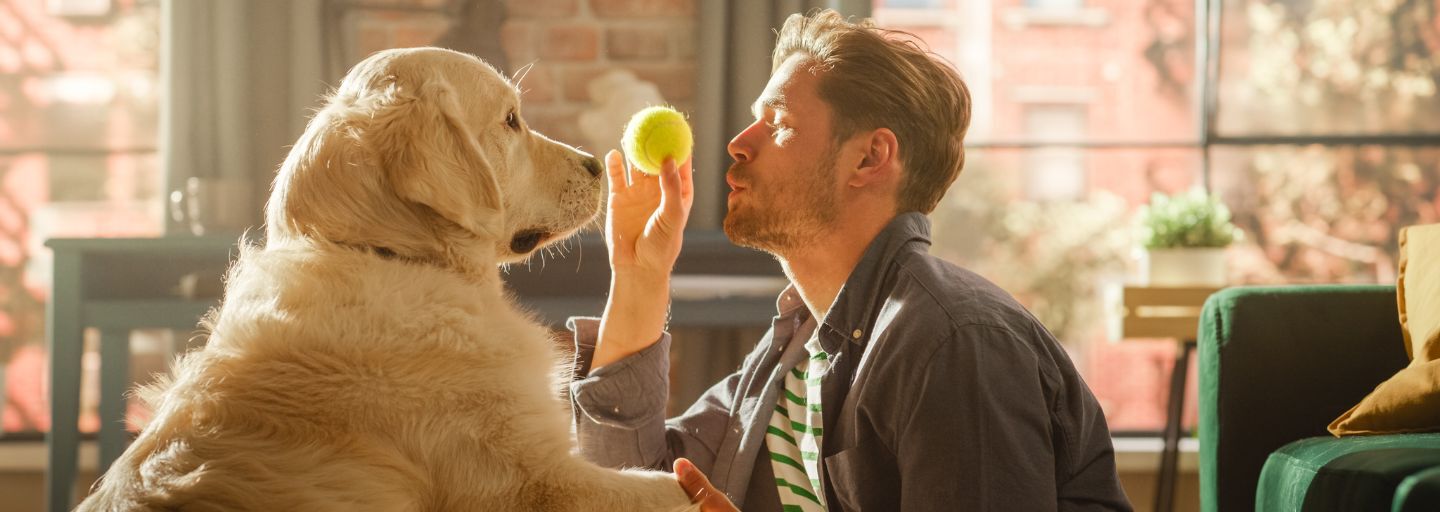Teaching your dog new tricks can be a wonderful way to strengthen the bond you share, and can help develop a form of communication between you both. By following a few simple training rules, your dog will reach their training goals much sooner:
Train your dog in a quiet, distraction-free environment
This makes it easier for your dog to focus on just you. Once your dog has learned the trick, you can move on to practicing it in more distracting locations to ensure it’s really sunk in.
Don’t go out there empty-handed
Take some dog currency! Just like people don’t usually work for free, we shouldn’t expect our dogs to either. Get the most out of your dog by training them using rewards like food treats or a favorite toy. The higher value the reward, the more impact it will have when you’re rewarding your dog for their efforts. As your dog learns the trick, you can gradually reduce the amount of treats you give them but don’t stop giving them completely.
Take it easy and work your way up
Start off with simple commands before tackling more difficult tricks. Once your dog has learned a few simple commands, you can think about ‘chaining’ these together to create a sequence of tricks.
Keep training sessions short and sweet
Teaching your dog tricks doesn’t have to be difficult or time consuming. Short (yet regular) training sessions can actually achieve more than long tiring ones. Five minutes a few times a day is great, and always remember to end on a positive note.
The quicker the reward, the better
Reward the desired behaviour within two seconds of it happening. The quicker your dog realises they have done the right thing, the faster they’ll learn.
Don’t expect your dog to be a mind reader
Show your dog what to do by using food to ‘lure’ them into the position or place you would like them to be. If your dog isn’t catching on, break the command up into parts. For example, to teach your dog to ’wave‘ you might first hold a treat in your closed palm near your dog’s forearm. Your dog will surely try to nibble the treat but hold it in your fist so that they can’t get at it. Wait until your dog paws at it , as this is the behaviour you are looking for. Reward this by saying ”good”, followed immediately by the treat. Shape this paw movement into a wave by holding the treat higher and further away. Once your dog is performing the command consistently with your hand movements, it’s time to introduce the command “wave” before you give the hand signal.
Trick training is a whole lot of fun for both you and your dog and you never know, with enough training, your dog could become the next big canine star!



